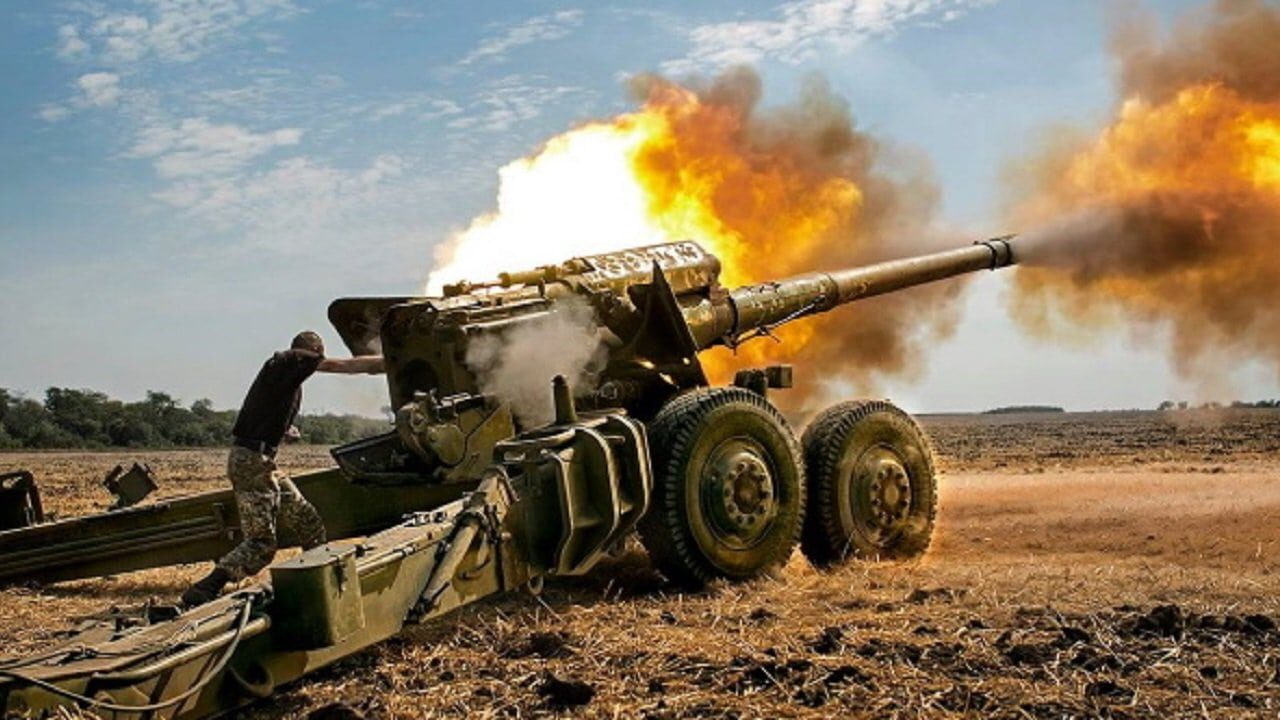When Russian President Vladimir Putin signed a decree in late February recognizing the independence of the two self-styled “people’s republics” in eastern Ukraine, Luhansk and Donetsk, he vowed to use Russia’s military might to defend their borders and ensure the total secession of these two regions from Kyiv.
Since then, the Russian president has vowed to continue his military campaign in Ukraine to “demilitarize” the country and force constitutional changes that would block Kyiv from joining the North Atlantic Treaty Organization, or what we most commonly refer to as the NATO alliance. The goalposts appear to have changed at different points throughout the conflict, but now that Russia has taken control of Luhansk and is homing in on Donetsk, Russian officials are openly stating that their military aims go beyond Ukraine’s east.
According to Russian Foreign Minister Sergei Lavrov, Russia’s military focus is no longer “only” on the east, but now seem much more expansive.
Speaking to Russian state media outlets RIA Novosti and RT, Lavrov said that Moscow’s strategy has changed since NATO countries supplied Ukraine with new, longer-range artillery systems – including HIMARS. Lavrov said that the Russian military will now focus its efforts beyond the self-styled People’s Republics of Donetsk and Luhansk, will reinforce defensive positions already taken by the Russian military, and will also work to make gains in Zaporizhzhia and Kherson. Lavrov also said that a “number of other territories” throughout Ukraine would see an increased military presence.
Does Russia Really Mean It?
Russia talks tough, and the Kremlin may very well be telling the truth. While Russia’s military capabilities have been hurt over the last five months – with as many as 50,000 Russian soldiers killed or injured and thousands of military vehicles and weapons lost – the Kremlin has a point to prove in the wake of recent crippling attacks on Russian ammunition depots by U.S.-supplied HIMARS.
It’s also something Russia warned would happen.
In April, Vladimir Putin warned of “unpredictable consequences” if the United States continues to arm Ukraine – and not only has the United States done exactly that, but the White House appears to have become less reluctant to provide increasingly powerful weapons. Not only did the White House send more advanced rocket systems to Ukraine earlier this month, but Air Force Chief of Staff Gen C.Q. Brown said this week that the United States and its NATO allies are considering sending fighter jets to Ukraine – something President Joe Biden has been hesitant to do over concerns that Russia may consider it an “escalation” in the war.
The Kremlin’s suggestion that the war could soon go beyond eastern Ukraine and back into central Ukraine could well be the truth – but it will require new weapons, more ammunition, and the deployment of more soldiers.
That could explain why Russian officials were documented visiting an underground facility in Iran to view attack-capable drones that U.S. officials have said could have already been delivered to Russia to assist with the war in Ukraine.
Jack Buckby is a British author, counter-extremism researcher, and journalist based in New York. Reporting on the U.K., Europe, and the U.S., he works to analyze and understand left-wing and right-wing radicalization, and reports on Western governments’ approaches to the pressing issues of today. His books and research papers explore these themes and propose pragmatic solutions to our increasingly polarized society.

